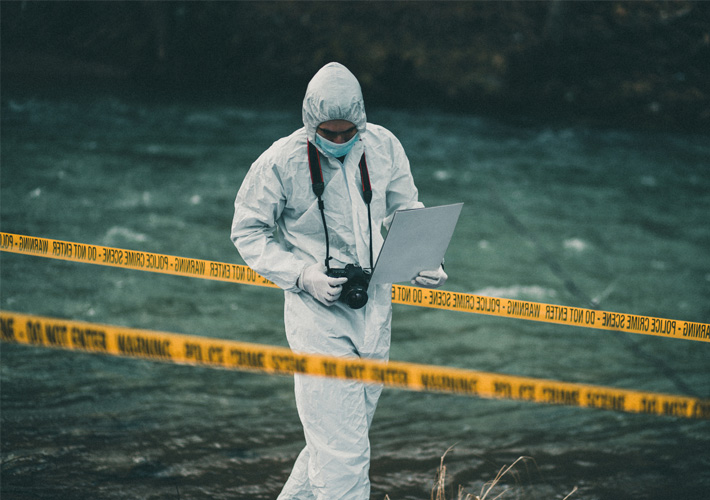
What TV Gets Wrong About Forensic Science – Podcast
Forensic science has become heavily romanticized thanks to beloved TV shows like CSI. In popular depictions, fast-thinking forensics experts apply cutting-edge tools to quickly crack open the big case. But how realistic are these scenarios?
On the latest episode of Standards Impact, we connected with two forensics experts to separate forensic fact from forensic fiction. They say something big is missing in popular representations of their field, but what it is might surprise you: all of the paperwork that happens behind the scenes. As it turns out, forensic scientists spend a good bit of time in the office dotting their i's and crossing their t's to make sure staff and equipment are up to grade.
LISTEN: Biobased Plastic vs. Biodegradable Plastic – What's the Difference? Podcast
During the conversation, ASTM International members Agnes Winokur (DEA Southeast Laboratory) and Laura Hernandez (Verity Labs) also talked about the evolution of the field, the role of standards in their work, and why the average person should care about the field of forensics.
Read part of their discussion below – and be sure to listen to the full episode!
David Walsh: For many years now, people have associated the field of forensics with the hit show CSI. It’s been very popular for decades. That show focuses on cutting edge technologies that captivate viewers. What are some major technological advances that have been made in the field of forensics recently? And as a follow-up, maybe you could tell us how much of that show is realistic in your opinions.
Agnes Winokur: TV shows and movies show forensic science as solving almost every problem in a matter of minutes. This notion is not just a fantasy – it's absolutely impossible. As times change, so do the forensic science disciplines. These disciplines have to adapt to these changes. As such, there's always an influx of new technologies that are coming in, and new methodologies as well. There’s an even greater need now for standard development, because with this new technology, what are the limitations? How do we implement them? How do they relate to the forensic science disciplines? All of this can be addressed through standardization, and forensic and forensic sciences can get strengthened by those developments.
Laura Hernandez: I would add that one of the things that's really increased in the last decade or two is our understanding of what is expected from forensic sciences. Things like quality assurance and validation have really increased over the years. One of the things that you never see on those TV shows is the sheer amount of paperwork that we end up having to do to make sure that our instruments are operating as we expect them to and that our staff are competent to perform the testing that they are doing. Standards can play a really important part in helping us. Making sure that everybody is getting at least a consistent base level.
Walsh: You've mentioned the speed with which they get results, and you're mentioning there's a lot of paperwork in the real world. But what about the technologies themselves that are depicted on the show? Are they showing science fiction as far as you know, or are these kinds of technologies realistic?
Agnes: Sometimes the technology that they're showing to get a certain result is not always accurate. A certain technique may not give those results. Or at least not the way they're being portrayed in that TV show or in that scene. The technique itself. That particular technology and instrumentation may exist, but not necessarily to give the results that they're showing. ∎
Click here to listen to the rest of the episode, and check out all of the previous Standards Impact episodes here.
 SN Home
SN Home Archive
Archive Advertisers
Advertisers Masthead
Masthead RateCard
RateCard Subscribe
Subscribe Email Editor
Email Editor